Android File Transfer not Working on MacOS (Fix)
Android File Transfer often fails to recognize your Android device on macOS, even when your USB cable works and the device is unlocked with “File Transfer” mode turned on. This issue means your Mac can see the physical connection, but the app can’t start a file transfer session because something is blocking the communication.
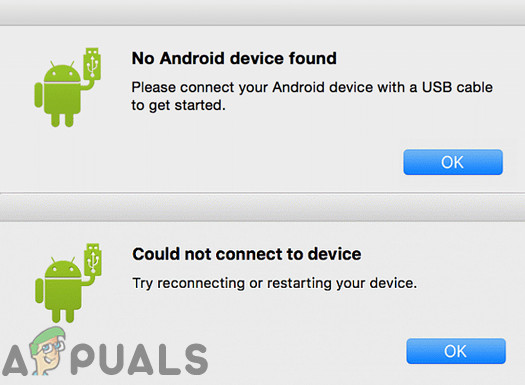
The most common reason is that background apps, such as Samsung Smart Switch, Google Drive, or other programs, are taking control of the USB connection. Other possible causes include a broken Android File Transfer app, an outdated operating system, or faulty USB ports or cables.
Before moving on to troubleshooting, make sure that:
- You are connecting the USB cable directly to the Mac, not through a USB hub.
- You restart your Mac.
- You restart your Android device.
1. Check the USB Cable and Mac’s USB Port
Not all USB cables are created equal—some are only for charging and do not support file transfer. Make sure you are using a cable that supports data transfer.
It’s best to use the original USB cable that came with your Android device. If that’s not available, use a high-quality and compatible cable.
If you suspect the USB cable is faulty or doesn’t support file transfer, try it with another set of devices. If the issue persists with other devices, it’s time to replace the cable.
Remember, Thunderbolt cables will not work for Android file transfer. Use a Mac-compatible USB-C cable instead.
Also, make sure the USB port on your Mac works properly. Test the port using another USB device, or use a different port for file transfer.

After replacing the USB cable or using a different port, check if Android File Transfer works.
2. Update the Android OS on Your Device
Your Android device must be running Android version 3.0 or higher, and your Mac must have Mac OS 10.7 or higher for Android File Transfer to work. Using an older operating system can cause compatibility issues. Updating your Android OS can fix not just file transfer problems but other bugs too.
- On your Android device, open ‘Settings’.
- Scroll down and tap on ‘About Phone’.
- Tap on System Update or Software Update.

Update Android - Follow the on-screen instructions to complete the update process.

Android Update is Running
Once your device finishes updating, try relaunching Android File Transfer.
3. Uninstall Samsung Kies or Smart Switch
Android File Transfer often conflicts with Samsung Kies or Samsung Smart Switch. If you have these apps installed on your Mac or Android device, uninstalling them may solve the issue.
- Visit the official site to download the installer.
- After it finishes downloading, open the downloaded file and select the “uninstall” option.

Uninstall KIES - Simply follow the on-screen instructions to remove the app.
- Restart your Mac.
After restarting, launch Android File Transfer again to see if the problem is fixed.
4. Enable USB Debugging on Your Android Device
USB debugging is important for many types of data transfers between Android devices and computers. Without it, some Macs may not allow Android File Transfer to function correctly. Turning on USB debugging may help.
- Disconnect the USB cable from your device.
- Open Settings and go to About Phone, usually found at the bottom.
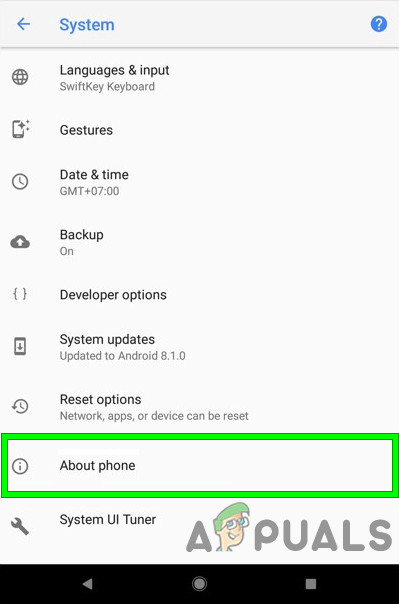
About Phone - Tap Build Number seven times in a row.

Press Build Number 7 Times - You’ll see a message saying “You are now a developer.”

You are now Developer - Exit Settings, reopen it, and go to Developer Options.
- Enable USB debugging.
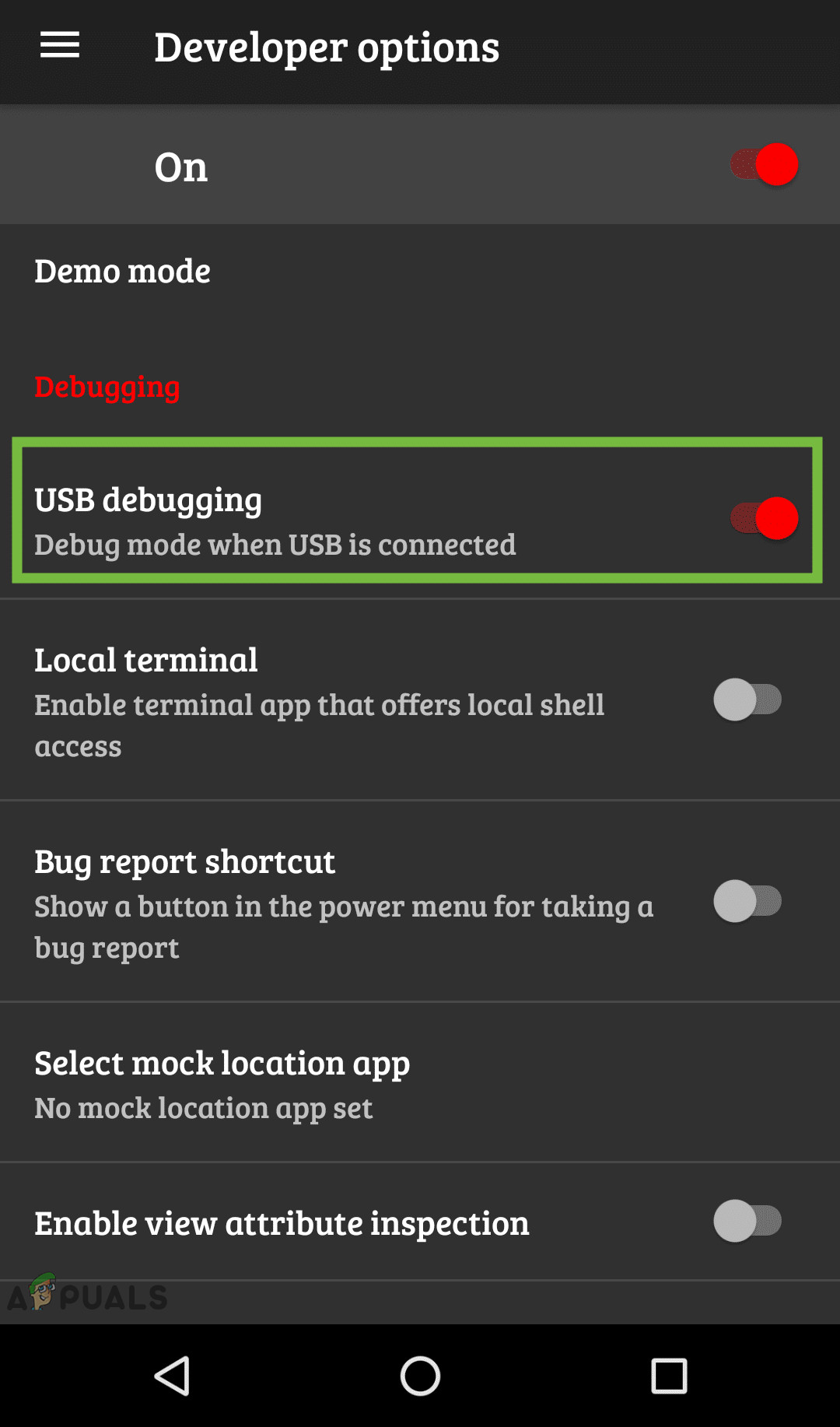
Developer Options - A pop-up may ask to Allow USB Debugging—tap OK.

Allow USB Debugging - Lock your Android device (turn the screen off).
- Connect your device to the Mac using a USB cable.
- Unlock your device.
- Swipe down from the top of the screen to access notifications and tap on “USB charging this device”.

USB charging this device - From the pop-up, select File transfers or MTP.
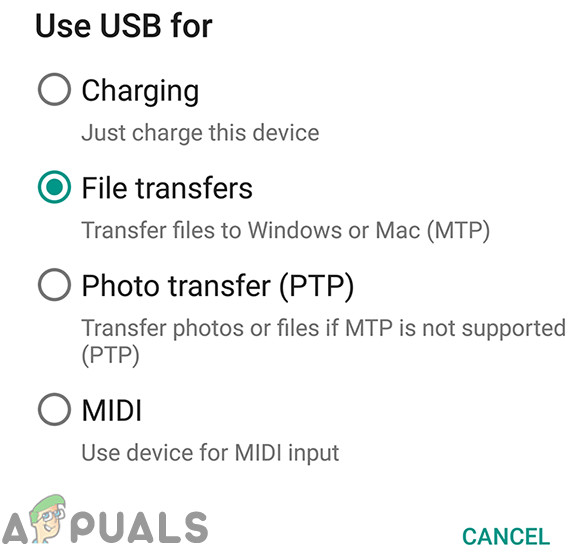
File Transfers - Lock and then unlock your device again. You should now see “USB debugging connected” in the notification area.

USB connected
Now, open Android File Transfer once more to see if it’s working.
5. Reinstall Android File Transfer
A corrupted or outdated installation of Android File Transfer can cause problems. Uninstalling and reinstalling the app often solves persistent issues.
- Uninstall Android File Transfer from your Mac.
- Download the latest version from the official website.
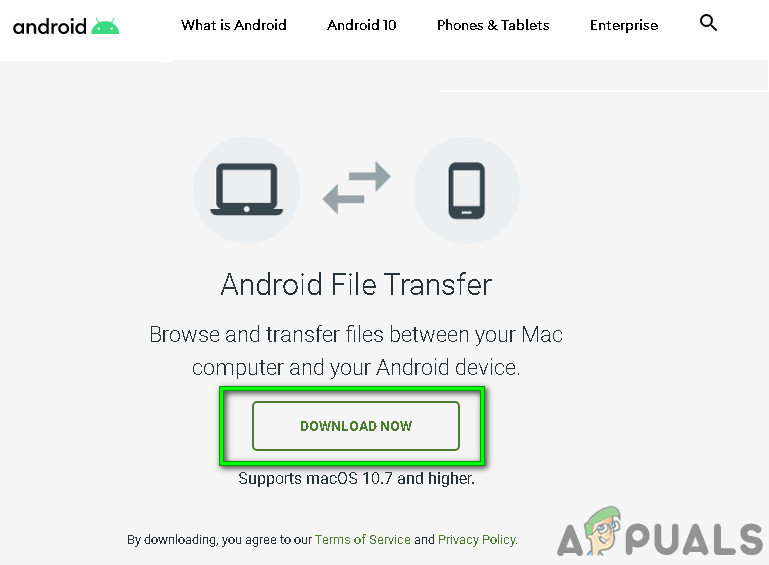
Download Android File Transfer - Launch the downloaded file and follow the on-screen instructions to install it. After installation is complete, restart your Mac.
Once your Mac restarts, run Android File Transfer to check if it’s working.
6. Use Alternative Software
If Android File Transfer is still not working, you can use other apps to transfer files between your Android device and Mac:
- Cloud Storage Apps: Using cloud services can help you transfer files wirelessly between Android and Mac.
- Android File Explorer Applications: Many file explorer apps offer FTP support, enabling file transfer between your Mac and Android device.
- Screen Mirroring Applications: These apps can help you transfer files between devices. Check out our article on Methods to Wirelessly Transfer Files from Android to PC.
- Bluetooth: You can always use Bluetooth to transfer files, although it’s best for smaller items.
- Handshaker: The Handshaker app allows easy file transfer between Android and Mac. For more details, visit the official Apple page.





